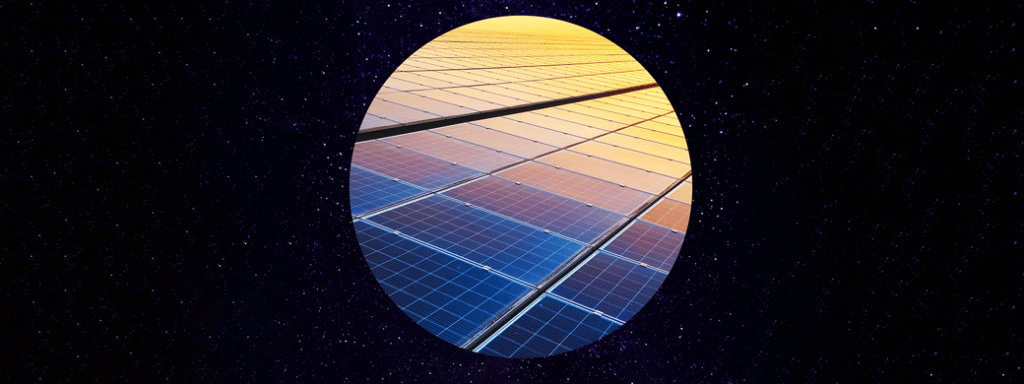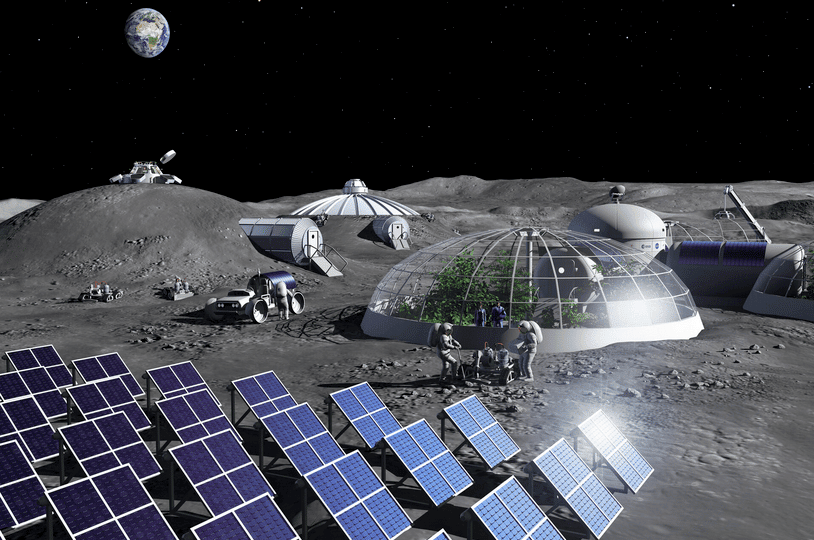The south pole of the moon could be the preferred destination location for future missions. Since it is always exposed to sunlight and there may be water, the European Space Agency (ESA) has designated it as a potential site for a moon base.
A team of researchers from Tallinn University of Technology (TalTech) in Estonia has already launched into the design of solar panels that could power just such a lunar settlement. A solar cell technology that strangely resembles sandpaper and could power the new "colonies".
How it is made?
The technology involves several layers of polymers. Small crystals the size of grains of sand are embedded within each layer. These crystals can absorb sunlight and convert it into energy, like tiny solar cells.
This microcrystalline technology enables the production of electricity and low-cost flexible solar panels, which could also cover large areas of the lunar soil. The possibility of making microcrystals even with materials found on site, in the regolith (iron, sulfur and pyrite) makes it theoretically possible to repair them independently for future settlers.
Solar cells "in powder", were not born yesterday
Marit Kauk-Kuusik, head of the university's photovoltaic materials laboratory, comments: “Scientists at TalTech have been working on single-layer solar cell technology for terrestrial applications for around 20 years.”
“The main innovation is the unique light-absorbing layer made of monocrystalline powder, which contains abundant and low-cost elements. Solar cells based on this technology will bring innovation to the field of building-integrated solar energy.”

Space electricity. How will we “plug the thorn” on other planets?
More and more companies and governments are studying new technologies that will make it possible to establish a lunar base or on other celestial bodies such as Mars. They will have to consider how to support people in places so far from Earth. And they study them all: da fish farms on the moon ad habitats built ad hoc.
Nothing can be done without first resolving the energy issue. Electricity first, then everything else.
The TalTech team, however, is not the only one trying to power the future lunar base. Earlier this month, NASA began to accept proposals to establish a moon-based nuclear power system over the next decade.
“There is a strong push right now, from international space agencies including ESA and some private companies, to prepare a return to the moon for long-duration stays. To make future activities possible, it is important to start developing the technologies that will allow us to build and operate infrastructure in the long term,” he says Advenit makaya of ESA.


